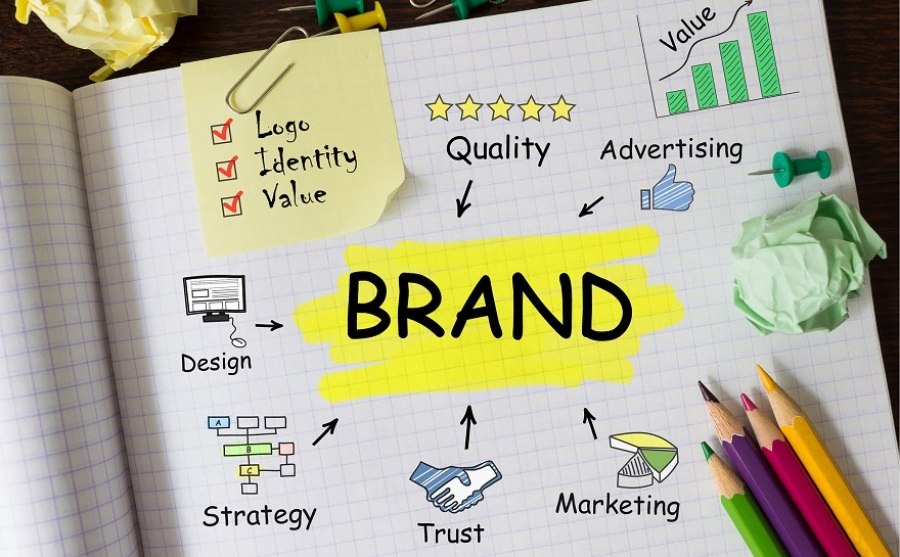🕒 Estimated Reading Time: ~3 minutes

One of the benefits of buying a franchise is the depth and breadth of brand recognition that already exists. The familiarity that customers have with an established organization add to the continued success of the franchisor and its franchisees. Franchisees have the rights and plusses of using the company’s name and also contribute to the ongoing viability of the franchise organization.
For new franchises, the trademarks and brand support are many.
Some are top-down campaigns and programs created and managed by the franchisor. Others are activities instituted at the franchise’s location. Either way, the franchisor approves marketing plans to promote higher levels of success through uniform standards of consistency in trademark and brand exposure.
Franchisor Brand Building
Franchisors know that the brand’s value is important and must be maintained through consistency. Customers expect uniform delivery of a product or service and prefer brands they know and trust. To that end, franchisors strictly control the use of the trademarks, logos colors, brands, advertising, and methodology. Franchisees must then adhere to the rules of brand use to ensure uniformity. This keeps the brand recognizable to customers.
Franchisors typically provide approved advertising and marketing materials for franchisees to use.
This could include color schemes, logos, signage, uniforms, business cards, and any other materials that support the franchise, including online presence. But it is not only marketing materials. Methods of delivery matter, too. For example, let’s say an in-home repair service always wears protective coverings on the technician’s shoes. This protocol is part of the brand and must be followed every single time. Customers quickly notice when the level of expected service is lower or different than before.
Uniformity delivers exactly what customers expect and also adds value to the franchisor who wants to sell more franchises—that is, franchises designed to be consistent and true to the company image. It is unacceptable to have two widely different experiences in franchise stores that share the same name, but the franchisor will assist new franchisees through the process and help drive business to their stores.
Franchisee Marketing Options
Franchisees contribute to the franchisor’s efforts through advertising fees and local advertising. While there are few owner options for differentiating themselves from the brand, a franchisee will institute very specific marketing plans in their region to support their growth within their territory.
Regional expectations for new franchisees include localized assistance in pre-marketing the store’s arrival. Grand opening events might be required to create buzz around a new location. And often, a franchisee must spend a portion of its gross sales on local advertising. But you can be sure the local advertising will need approval from above to ensure consistent branding that stays within the franchisor’s limits. A promotion or discount usually is the owner’s decision, but a referral program that offers a gift or prize outside the brand might not be approved.
Franchisor support is there to guide and direct franchisees in their local marketing efforts.
When implemented with adherence to proven strategies, the resulting benefits will create a win-win for both the franchisor and new franchisees. Franchisors maintain a strong brand that drives more franchise sales, and franchisees participate in the benefits provided by their rights to a strong trademark and brand recognition.
Anne Daniells is a co-owner of Enterprising Solutions, a professional services firm specializing in corporate communication and financial improvement for businesses where she shares decades of corporate and entrepreneurial experience—including franchise ownership—in her writings on business culture. She has authored hundreds of articles for publications including AllBusiness.com, TweakYourBiz.com, and MSN.com. Reach out via her website for more on where corporate culture, communication, and human architecture collide.














